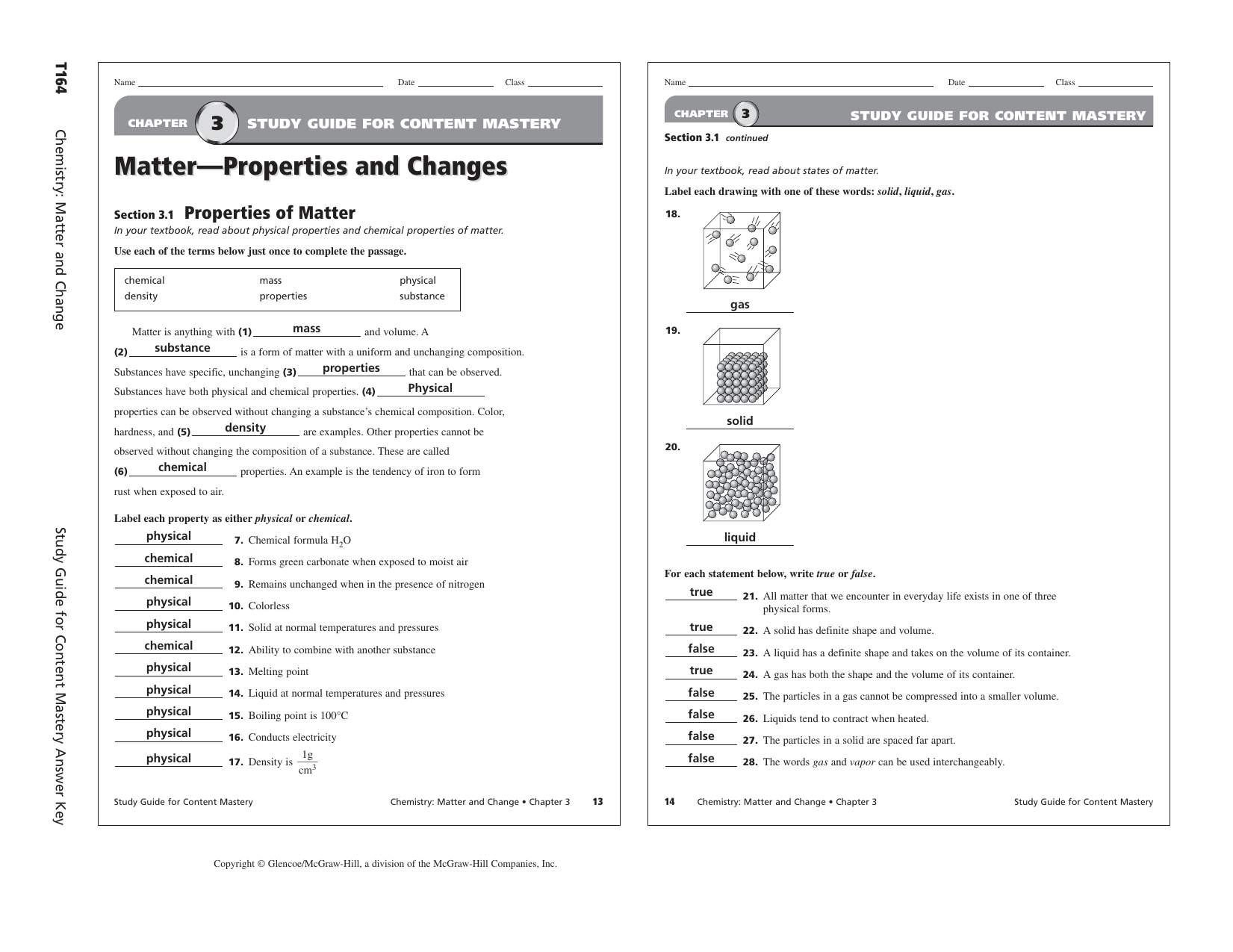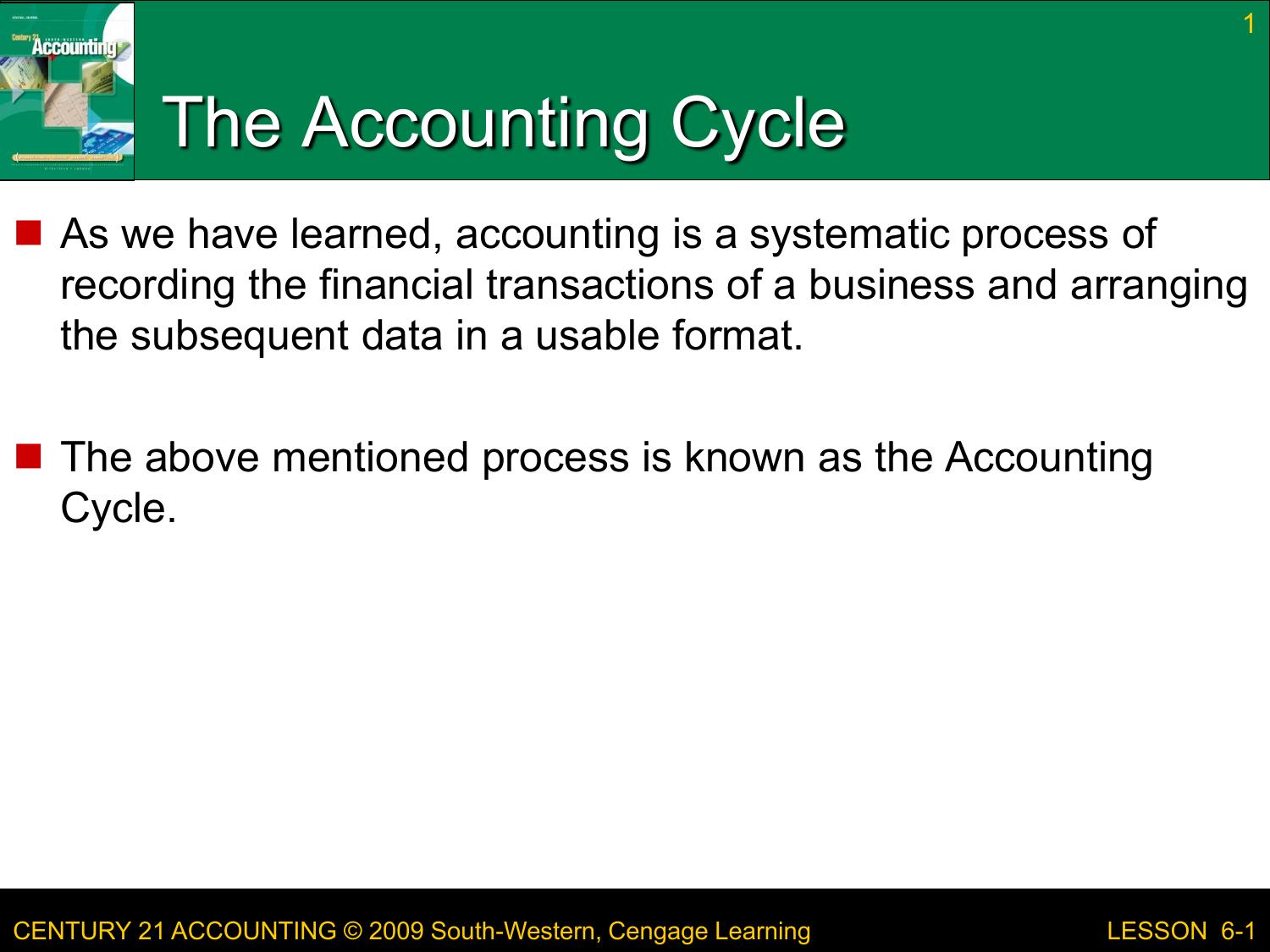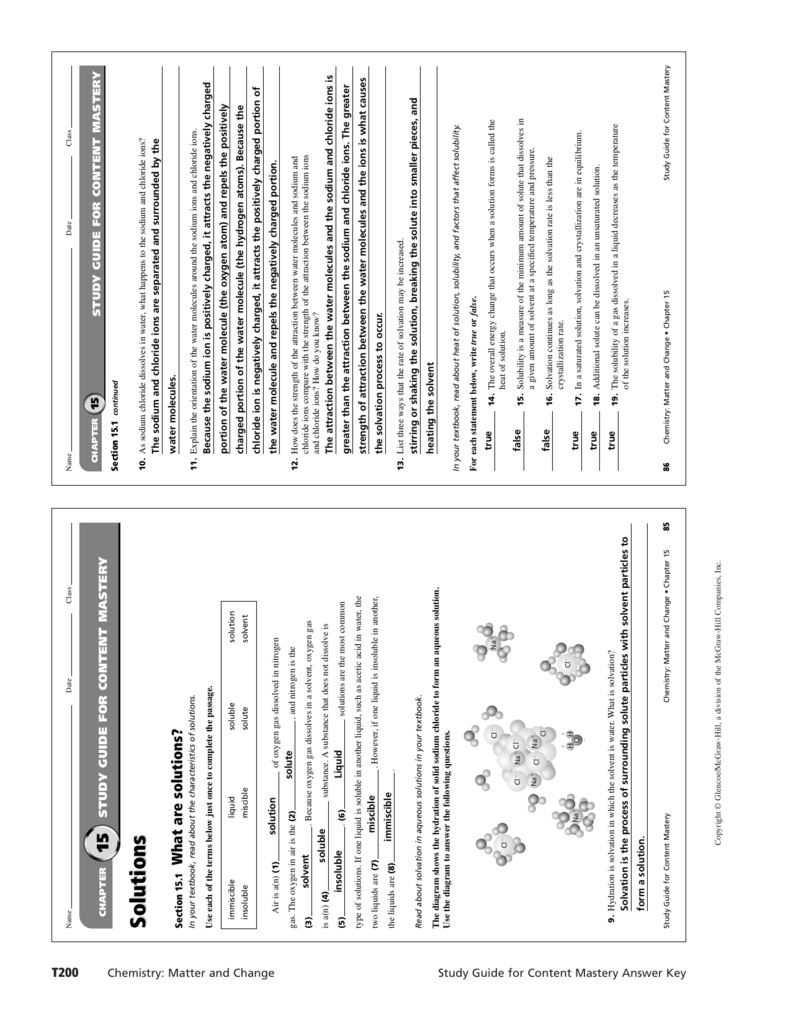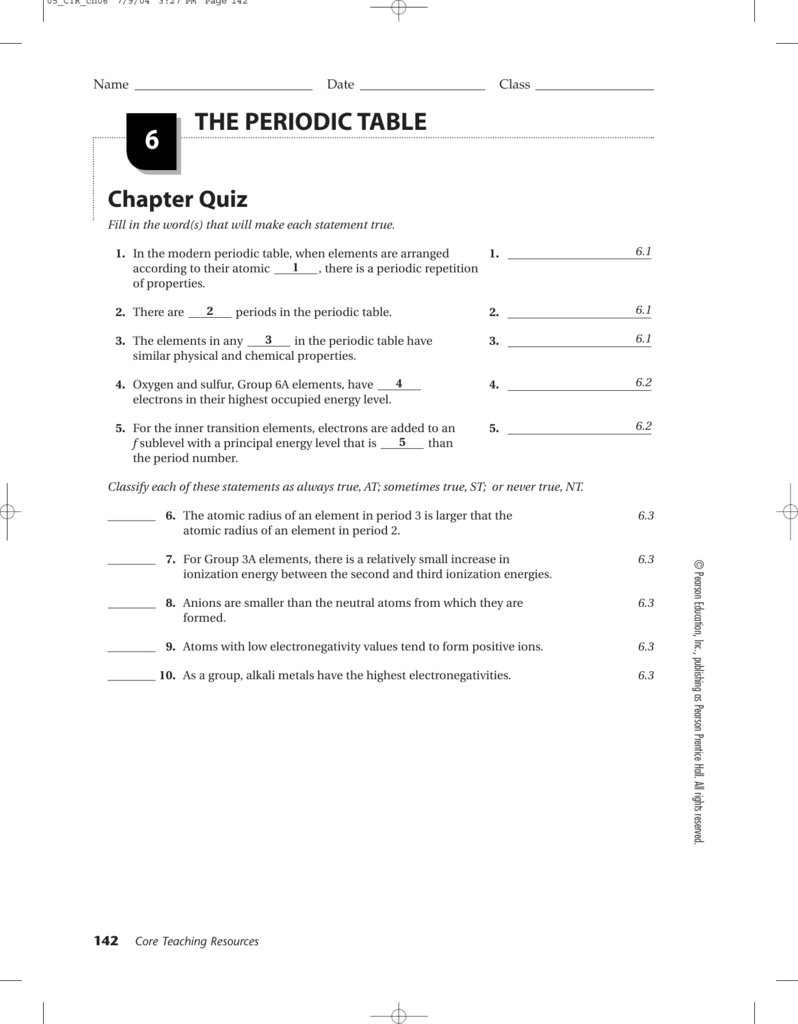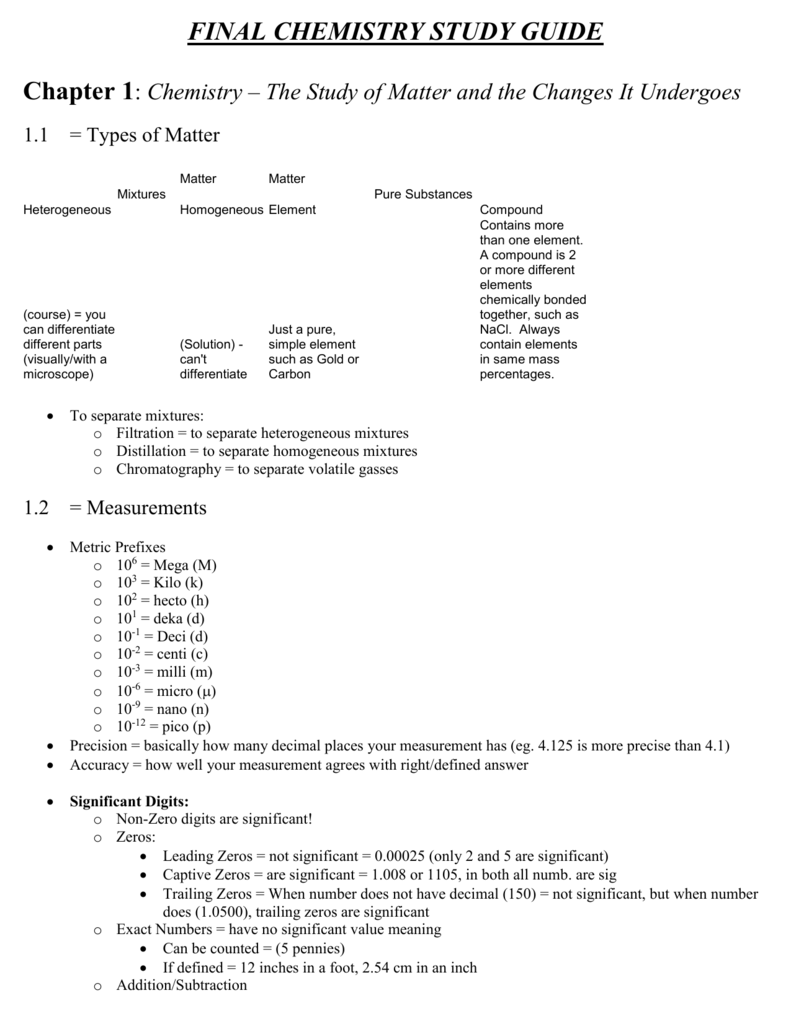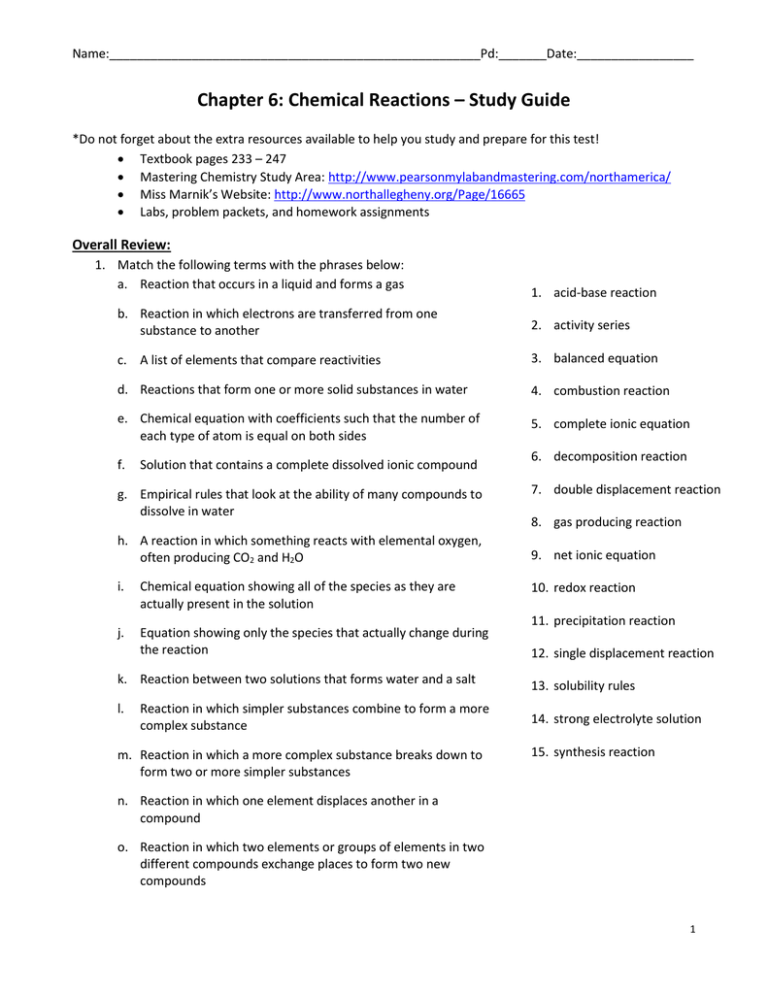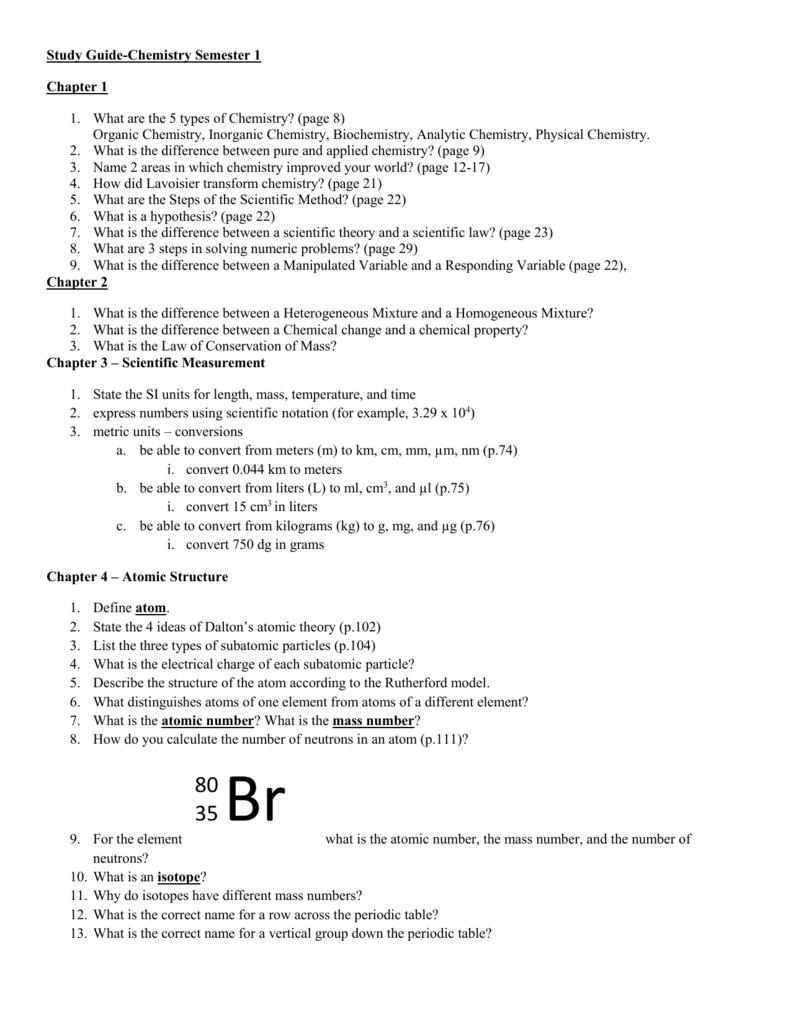Chapter 6 Study Guide Chemistry
Chapter 6 Study Guide Chemistry - Web a substance or molecule that participates in a chemical reaction. Web unit 6 more about chemical reactions. Unit 10 gases and kinetic molecular theory. Web our interactive player makes it easy to find solutions to chemistry: Label the diagram of an atom. Web michigan state university and uc bolder. Unit 7 electronic structure of atoms. B) read the following sections from chapter 7 and do the problems in those sections: A system that can exchange mass and energy (usually in the form of heat) with its surroundings. Web livingston public schools / lps homepage
Web study with quizlet and memorize flashcards containing terms like chemical bond, 3 types of chemical bonds, why do. A substance that forms in a chemical reaction. Web this section shows how you can use the skills you learned in sections 3.6 and 6.6 and some information derived from chemical formulas for compounds to convert between mass of an element and mass of a. Web chemistry chapter 6 study guide. Hit a particularly tricky question? Explain the difference between dissolving and reacting. State the principle that explains why there must be the same number of atoms of each elements on each side of an equation. Web our interactive player makes it easy to find solutions to chemistry: Web livingston public schools / lps homepage Click the card to flip 👆.
Unit 11 states of matter and intermolecular forces. Web a chemical change alters the molecular makeup of an atom but a physical change does not. Web a substance or molecule that participates in a chemical reaction. Web unit 6 more about chemical reactions. The structure of atoms, discrete molecules, complex network solids, and metals; A substance that forms in a chemical reaction. Label the diagram of an atom. Web study with quizlet and memorize flashcards containing terms like a chemical bond results from the mutual attraction of the nuclei of atoms and _____. Web michigan state university and uc bolder. B) read the following sections from chapter 7 and do the problems in those sections:
Chapter 3 Study Guide Key
In addition, each chapter contains numerous skillbuilders, each of which is. Web study with quizlet and memorize flashcards containing terms like a chemical bond results from the mutual attraction of the nuclei of atoms and _____. The structure of atoms, discrete molecules, complex network solids, and metals; Unit 10 gases and kinetic molecular theory. Web chapter 6 section 1:atoms, elements,.
PPT Chapter 6 Study Guide PowerPoint Presentation, free download ID
Web study with quizlet and memorize flashcards containing terms like which state of matter is characterized by having molecules close together, but moving randomly? The structure of atoms, discrete molecules, complex network solids, and metals; In addition, each chapter contains numerous skillbuilders, each of which is. Unit 11 states of matter and intermolecular forces. Dissolving is a physical change and.
Century 21 Accounting Chapter 6 Study Guide Answers Study Poster
Click the card to flip. Web unit 6 more about chemical reactions. Unit 11 states of matter and intermolecular forces. The idea of arranging the elements in a table according to their chemical and physical properties is attributed to ________. We have covered quite a number of topics up to this point:
Study Guide for Content Mastery Teacher Edition
Web chemistry chapter 6 study guide. B) read the following sections from chapter 7 and do the problems in those sections: Unit 7 electronic structure of atoms. Web michigan state university and uc bolder. Solid gas liquid all of these, the temperature at.
Chemistry Chapter 6 The Periodic Table Worksheet Answers
Click the card to flip. Unit 10 gases and kinetic molecular theory. Web chemistry chapter 6 study guide. Web chapter 6 emphasizes skills that are necessary for drawing mechanisms, while chapter 12 prepares the student for proposing syntheses. Unit 11 states of matter and intermolecular forces.
Chapter 6 Study Guide
Click the card to flip 👆. Dissolving is a physical change and reacting is a. Web study with quizlet and memorize flashcards containing terms like chemical bond, 3 types of chemical bonds, why do. Hit a particularly tricky question? Web livingston public schools / lps homepage
SEMESTER 1 CHEMISTRY STUDY GUIDE
Hit a particularly tricky question? Web chemistry chapter 6 study guide. Solid gas liquid all of these, the temperature at. B) read the following sections from chapter 7 and do the problems in those sections: Web study with quizlet and memorize flashcards containing terms like chemical bond, 3 types of chemical bonds, why do.
Chapter 6 Study Guide
Web chemistry chapter 6 study guide study flashcards learn write spell test play match gravity created by alligraz the periodic table and periodic law terms in this set (35) actinide series the periodic table,. New products atoms are not created, and old reactant atoms are not destroyed. B) read the following sections from chapter 7 and do the problems in.
Chemistry Chapter 73 Study Guide Answer Key Study Poster
Solid gas liquid all of these, the temperature at. Dissolving is a physical change and reacting is a. New products atoms are not created, and old reactant atoms are not destroyed. Electron energy level neutron nucleus proton in your. B) read the following sections from chapter 7 and do the problems in those sections:
Selina Concise Chemistry Class 6 ICSE Solutions Chapter 7 Water Learn
Web chemistry chapter 6 study guide study flashcards learn write spell test play match gravity created by alligraz the periodic table and periodic law terms in this set (35) actinide series the periodic table,. State the principle that explains why there must be the same number of atoms of each elements on each side of an equation. Web study with.
Unit 10 Gases And Kinetic Molecular Theory.
Unit 11 states of matter and intermolecular forces. Web chapter 6 emphasizes skills that are necessary for drawing mechanisms, while chapter 12 prepares the student for proposing syntheses. Web study guide chapter 6 section 2 chemical reactions. Web study with quizlet and memorize flashcards containing terms like chemical bond, 3 types of chemical bonds, why do.
Web Livingston Public Schools / Lps Homepage
The above figure represents an open system. Solid gas liquid all of these, the temperature at. Click the card to flip 👆. Hit a particularly tricky question?
Web Chemistry Chapter 6 Study Guide.
Explain the difference between dissolving and reacting. In addition, each chapter contains numerous skillbuilders, each of which is. Web a chemical change alters the molecular makeup of an atom but a physical change does not. Web chapter 6 section 1:atoms, elements, and compounds in your textbook, read about the structure of atoms.
Dissolving Is A Physical Change And Reacting Is A.
Web our interactive player makes it easy to find solutions to chemistry: Click the card to flip. The structure of atoms, discrete molecules, complex network solids, and metals; A system that can exchange mass and energy (usually in the form of heat) with its surroundings.
